Strategic conventional forces: carriers and weapons
Strategic conventional weapons based on the Strategic Missile Forces weapons
The most logical solution in this case is the creation of non-nuclear warheads for existing ballistic missiles, following the example of the proposed implementation of the US Fast Global Strike program.
The basis for strategic conventional weapons based on intercontinental ballistic missiles (ICBMs) should be guided non-nuclear warheads with various types of equipment for hitting point and area targets. The most preferable solution is to develop a universal combat unit (if technically feasible), which can be installed on various types of media: P-36M "Satan", UR-100Н UTTH "Stiletto", RT-2PM "Topol", RS-24 " Yars ”, that is, ICBMs withdrawn or close to withdrawal from the Strategic Missile Forces. Depending on the carrying capacity and dimensions of the head compartment of the carrier, the number of universal conventional warhead units displayed can vary. Taking into account the limitations of the strategic offensive arms treaty (START III), in order to prevent a substantial weakening of the "nuclear shield", about thirty different ICBMs of various classes can be used to solve the problems of delivering strategic conventional weapons.
Another promising option for a non-nuclear warhead is the creation of a conventional version of the Avangard hypersonic product. The flight path features of this unit reduce the likelihood of its detection by the enemy radar, which, combined with the ability to correct the flight path, complicates the determination of the target’s final coordinates and makes it difficult to counter the attack. The Avangard block is planned to be placed on thirty-two ICBM UR-100N UTTKh Stillet received for debts from Ukraine. A completely justifiable solution would be to place ten Avangard blocks in non-nuclear equipment on ICBM data.
The main alleged problem with the implementation of conventional ICBM warheads may be the low accuracy of guidance of Russian warheads. Unfortunately, this problem has long been characteristic of Russian Strategic Missile Forces; at the moment, there is no reliable information on the circular probable deviation (CIR) of the latest generation Russian ICBMs. Presumably, according to foreign sources, the KVO ICBM “Bulava” is 350 m, the KVO ICBM “Sineva” 250 m, the KVO ICBM “Yars” 150 m, while, for example, the KVO ICBM ICBM “Trident-II” D5 is 90 m. For guaranteed target destruction by a conventional warhead must be provided with a CWO of order 10-30 m. Ensuring the necessary accuracy of guidance of warheads is critical for deciding on the creation of this type of weapon. The maximum unification of conventional warheads will allow to reduce their cost due to the construction of a large series of similar products. They will receive a “second wind” of ICBMs, which could otherwise be sent for disposal.
Of the positive aspects, one can note a study by the Center for the Study of Disarmament, Energy, and Ecology at the Moscow Institute of Physics and Technology, which states that START III conditions make it possible to deploy ICBMs in non-nuclear equipment without any restrictions. In particular, a launcher (launcher) in an unprotected position does not fall into either the deployed or undeployed categories, and therefore such launchers do not fall under the established ceiling of armaments. If there will be ICBMs in such launchers, then such ICBMs will be considered as non-deployed, and therefore neither the number of ICBMs in unprotected launchers nor the number of warheads on them can be limited. Considering the fact that strategic conventional weapons are first-strike weapons, the requirements for their combat stability are obviously lower than for ICBMs for launching a reciprocal-return nuclear strike, so placing ICBMs with non-nuclear warheads in unprotected positions can be considered justified.
Given the withdrawal of the United States and the Russian Federation from the treaty on intermediate-range and shorter-range missiles (INF Treaty), the second element of strategic conventional weapons may be long-range cruise missiles (CR), placed on mobile carriers. In this direction, the greatest interest is the possibility of placing CR in containers, similar to how it was implemented in the Club-K complex with Caliber cruise missiles.
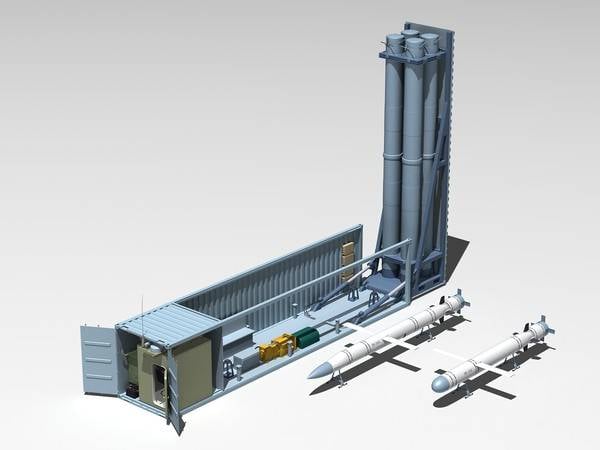
In turn, containers can be placed as part of a military railway missile system (BZHRK). Four missiles of the Caliber complex are located in one container, respectively, eighty cruise missiles will be placed in a freight train of twenty wagons, one hundred and sixty cruise missiles in forty wagons, which exceeds the striking power of a destroyer, cruiser or nuclear submarine with cruise missiles ( PLARK). In this case, the maximum length of the train can reach sixty cars, and for new locomotives up to one hundred cars (depending on the mass of the car).
Accommodation on a railway platform will ensure high mobility and secrecy of the complex.
Using containers as part of one BZHRK will simplify and cheapen the design of Club-K complexes by placing a control / guidance point in only one / two containers. Such a complex will no longer fall under the effect of any international treaties. Ten complexes of forty wagons can bring down to the enemy up to 1600 cruise missiles at a range of about 3000-4000 km or more, for promising missiles.
When placing the BZHRK at the extreme points of the European part of the Russian Federation, the whole of Europe, Iceland, part of Africa, the Persian Gulf, and Central Asia will be in the affected zone of the Kyrgyz Republic.
When placing the BZHRK at the extreme points of the eastern part of the Russian Federation, China, Japan, and both Korea will be in the affected area of the Kyrgyz Republic.
Strategic conventional weapons based on the Navy
From the composition of the Navy fleet In the Russian Federation, the most advanced strategic missile submarine strategic cruisers (SSBNs) of Project 667BDRM Dolphin can be transferred to the strategic conventional forces as they are replaced by SSBNs of Project 955A Borey. The last of the built are the K-18 RPKSN and the Karelia K-407 Novomoskovsk RPKSN, launched in 1989 and 1990, or the K-117 Bryansk, which is currently undergoing medium repairs. Accordingly, the remaining four submarine missile carriers of this project can be used as donors of spare parts to maintain the combat effectiveness of the K-18 and K-407 or K-117 RPKSN. For these submarines, the R-29RMU2.1 “Liner” missiles must be adapted with the deployment of universal conventional warheads on them, with the achievement of the KVO of 10-30 meters. The total ammunition of two conventional submarines with conventional weapons will be 32 missiles.
Since strategic conventional forces should be used as first-strike weapons, the obsolete characteristics of the 667BDRM Dolphin SSBNs will not have a negative effect on the effectiveness of the combat use of this type of weapon.
By analogy with the Strategic Missile Forces, the second component of the naval strategic conventional forces should be a submarine with missiles of the Caliber complex. The issue of creating SSGNs based on the SSBN of the 955A Borey project, similar in characteristics to the US SSGN Ohio, was considered in detail in the article “Nuclear submarines - carriers of cruise missiles: reality and prospects”. At the moment, the RF Ministry of Defense is considering the possibility of continuing the SSBN series of the 955A Borey project as a carrier of long-range cruise missiles - “The Navy can get two submarines of the new project Borey-K”. Thus, this element of the strategic conventional forces takes on a very real shape.
Air Force Strategic Conventional Weapons
With the Air Force, everything is much simpler. As mentioned in the previous article, strategic aviation It is the most useless component of strategic nuclear forces (SNF), since it is extremely vulnerable to a first strike. All thoughts about the possibility of re-targeting in flight, cancellation of striking do not stand up to criticism, because in an emergency situation events will develop much faster than aviation can react, in order to exert political pressure it does not matter what is on board the bomber, especially since they don’t fly on such tasks with nuclear weapons. Nevertheless, the capabilities of strategic aviation in terms of delivering massive strikes with conventional weapons are unique. No other type of armed force can compare with them in the possibility of promptly delivering concentrated strikes at a great distance, at least until they are adopted by ICBMs with non-nuclear warheads.
The main Russian bombers are the Tu-160M and Tu-95MS / MSM. Both vehicles undergo timely modernization in terms of extending the service life, improving performance and expanding the range of weapons. At present, it is planned to resume production of Tu-160 aircraft in the amount of 50 units, in a modernized version of the Tu-160М2. The main armament of missile-carrying bombers within the framework of the strategic conventional forces should be long-range cruise missiles of the X-101 type. The combination of the range of the bombers of the order of six to eight thousand kilometers and the range of cruise missiles to five and a half thousand kilometers allows you to strike at almost any target on the planet.
One of the most important elements of the strategic conventional forces should be the supersonic bombers Tu-160M2 with hypersonic dagger missiles. The possibility and necessity of adapting the Tu-160M2 under the “Dagger” missiles was discussed in detail in the article Hypersonic Dagger on the Tu-160. Reality or fiction? ” The combination of the supersonic cruising flight speed of the Tu-160М2, which is part of the 1,5М and the speed characteristics of the “Dagger” missile, will make it possible to deliver swift attacks on the enemy. The range of the Tu-160M2 at supersonic speed is 2000 kilometers without refueling, which, combined with the flight range of the Dagger rocket, which is on the order of 1000 kilometers, will make it possible to strike targets located 3000 kilometers from the airfield. Taking into account the indicated speed and range of flight of the carrier and ammunition, the total time for striking a target will be less than half an hour, without taking into account preparation for departure.
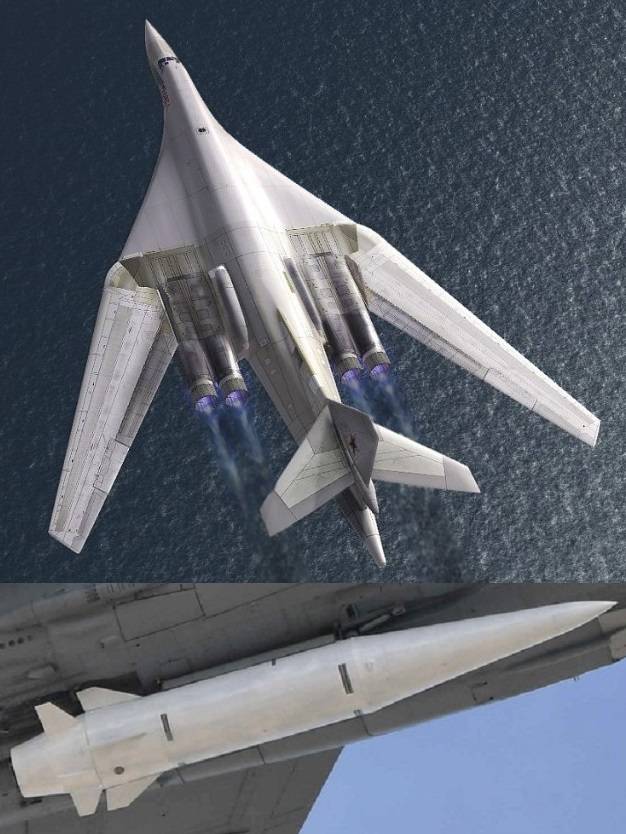
Why the dagger rocket, and not the promising hypersonic zircon rocket? For the reason that the “Dagger” is based on the spent rocket of the Iskander ground complex, which is produced in a fairly large series. It can be assumed that the cost of Zircon missiles will be significantly higher, and the advance into the troops will be slowed not only by a high price, but also by testing the shortcomings of a fundamentally new weapon revealed during operation. Nevertheless, Zircon missiles should also be adapted for Tu-160М2 missile bombers, and, possibly, Tu-95MS / MSM, to solve the tasks of counteracting aviation and naval strike groups in the ocean.
Missile bombers are multi-functional weapons, one way or another, but in START III they count as one carrier and one combat unit. Thus, their attribution to the strategic conventional forces is rather an organizational issue. If necessary, they can easily be returned to the strategic nuclear forces.
Thus, within the framework of the strategic conventional forces, a full-fledged strategic non-nuclear triad can be formed, which makes it possible to inflict a massive strike on high-precision non-nuclear weapons against an enemy located at a considerable distance.
Legal and organizational issues
The combat use of strategic conventional forces in some cases, for example, when launching ICBMs with non-nuclear equipment, will require responsible interaction with “partners”, primarily the United States, to eliminate the risk of a full-scale nuclear war.
Given the interest of the United States in the development of a similar class of weapons, in future START treaties they can be moved to a separate class so that both countries do not reduce their nuclear deterrence potential, this is of course if the START treaties do not history following the treaty on intermediate- and shorter-range missiles (INF Treaty) or on the missile defense treaty (ABM).
No matter how cynical it may sound, it can be considered acceptable to conclude open agreements or secret agreements with the United States, China, and some other countries to prevent the uncontrolled development of strategic conventional weapons, including the possibility of joint preemptive non-nuclear attacks on countries trying to create them.
General composition of strategic conventional forces
Presumably, SCS may include:
- thirty ICBMs of the R-36M "Satan" type, RT-2ПМ "Topol", RS-24 "Yars" with three (on average) non-nuclear warheads each;
- ten ICBM UR-100Н UTTH “Stiletto” with a hypersonic maneuvering non-nuclear block based on the Avangard product ”
- ten BZHRK with forty wagons and a total ammunition load of 160 KR "Caliber" in each BZHRK;
- thirty-two ICBMs based on the R-29РМУ2.1 "Liner" missile, with three non-nuclear warheads each, on the 667BDRM "Dolphin" SSBN;
- four Borey-K submarines and / or 949AM submarines with the 72-100 KR Caliber in each submarine;
- Sixty Tu-95MS / IMS missile-carrying bombers with eight X-101 missiles each;
- fifty Tu-160М2 supersonic missile bombers (when building a full-fledged series of fifty vehicles, we believe that sixteen T-160s in service are exhausted by the time the series is completed) with twelve X-101 missiles on each or with six to eight hypersonic aeroballistic missiles "Dagger".
Thus, a one-time strike by strategic conventional forces can range from 2864 to 3276 non-nuclear warheads, cruise missiles and aeroballistic missiles.
Taking into account striking at one target with two to four blocks / RC, the total number can be from 716 / 819 to 1432 / 1638 of the targets hit. Of course, the airborne component of the SCS can carry out repeated sorties with striking at targets up to the exhaustion of ammunition of cruise and aeroballistic missiles at air bases.
Under the existing START III treaty, the composition of the strategic nuclear forces will decrease by 182 of the carrier, while it should be borne in mind that missile-carrying bombers can be armed with nuclear weapons in the same terms as non-nuclear ones, that is, in fact 60 carriers are not excluded. If ICBMs deployed in unprotected positions are not taken into account under the START III treaty, then the composition of strategic nuclear forces will be reduced by only 32 ICBMs deployed on the Delphin’s 667BDRM SSBN.
Scenarios of application and goals of strategic conventional forces
The simplest example is the 08.08.08 war. Instead of three days, the war could last three hours from the moment a decision was made to strike back. During this period, the main administrative buildings, the buildings of the Ministry of Defense of Georgia, airplanes at airfields, large fuel storages and ammunition depots would be destroyed. If necessary, large power plants, elements of transport and energy infrastructure can be added to them. It can be assumed that the surviving remnants of the Georgian leadership would have announced the cessation of any hostilities within a few hours after striking. There would be no loss of tactical and long-range aircraft, it would hardly take the heroic passage of the Roki tunnel. But most importantly, in the event of the death of most of the country's top leadership, including M. Saakashvili, his followers in the post-Soviet space would ask their Western curators a simple question: how can they guarantee their safety? And they would hardly have received a convincing answer. Based on this answer, events could have developed in a completely different way, for example, in Ukraine, which would have saved thousands of military and civilian lives on both sides of the conflict.
Another example is the situation that arose after Turkey shot down our plane from the Syrian air group, justifying it by violating its state border. The leadership of the Russian Federation did not intensify the conflict, limiting itself to economic and diplomatic measures. But what if the situation developed differently? For example, in response to our downed plane, we shoot down Turkish, they deliver a missile and bomb attack on the Khmeimim base - dozens of pieces of lost equipment, hundreds of victims. Turkey is a tough enough nut, if their ground forces do not pose a threat due to their geographical location, then the aviation and fleet are quite combat-ready and can cause significant damage to the general forces of the Russian Federation, primarily the Black Sea Fleet. Worst of all, if the conflict drags on, NATO forces will begin to provide more and more support to the Turkish armed forces. Even if there is no direct intervention due to fears of a transition to a global conflict, Turkey will definitely organize intelligence supply and arms supplies, which may ultimately lead Russia to a defeat similar to the one in the Russian-Japanese war 1904-1905 of the year.
In this situation, the strategic conventional forces are able to quickly disable all ships at the berths, destroy the largest airbases, destroying aviation, ammunition and fuel depots. Well, of course, destroy the main government facilities and facilities of the Ministry of Defense of Turkey. At least after such a strike, the work of the general forces of the Russian Federation will be greatly simplified, as a maximum - the hostilities will end within 24 hours. In such a time interval, NATO structures will most likely simply not have time to work out a consolidated solution to intervene in the situation, which will give the Russian Federation space for military and political maneuvering.
In the case of aggressive actions by the United States and the NATO bloc, as well as the threat of a conflict escalating into a nuclear SCS, they can destroy US foreign bases in the affected area, primarily the missile defense and radar stations of the US missile defense system. Their defeat in Poland, Romania, and Norway will clearly demonstrate the futility of the missile defense system in the event of a global nuclear conflict, and will cool the ardor of the “opponents” and their younger allies.
Finally, the strategic conventional forces are an effective weapon for creating a huge A2 / AD zone in which any stationary and inactive targets, such as ships in ports, aircraft at air bases, and when using anti-ship missiles “Dagger” and “Zircon” and aircraft / ship strike groups (AUG / KUG) in the open ocean are at constant risk of destruction, with little or no chance of defending themselves against a strike or avoiding it.
In the world there are quite unfriendly countries towards Russia, which, having a relatively small military potential, but using a remote geographical position, can harm the interests of the Russian Federation with impunity. Where is the guarantee that during the advancement of the interests of the Russian Federation somewhere in a remote region of the planet our plane will not be shot down again? Strategic conventional forces are an effective tool for resolving such situations in their favor. At the same time, one must clearly understand that strategic conventional forces are not a tool for conducting protracted conflicts. For example, in a situation of confrontation with militants in Syria, this tool is practically not applicable, but the general purpose forces of the Russian Federation should already work here. The task of the strategic conventional forces is that, in terms of the level of technical equipment of the armed forces, the enemy quickly slide down to the level of militants in Syria, with a destroyed command structure, without a fleet, air support and reserves.
- Andrey Mitrofanov
- forum.militaryparitet.com, army-news.ru, warfiles.ru, topwar.ru
- Strategic Conventional Weapons
Nuclear submarines - carriers of cruise missiles: reality and prospects
Hypersonic "Dagger" on the Tu-160. Reality or fiction?
The militarization of space is the next step for the United States. SpaceX and lasers in orbit
Atomic Multifunctional Submarine Cruiser: Asymmetrical Response to the West
Atomic Multifunctional Submarine Cruiser: Paradigm Shift
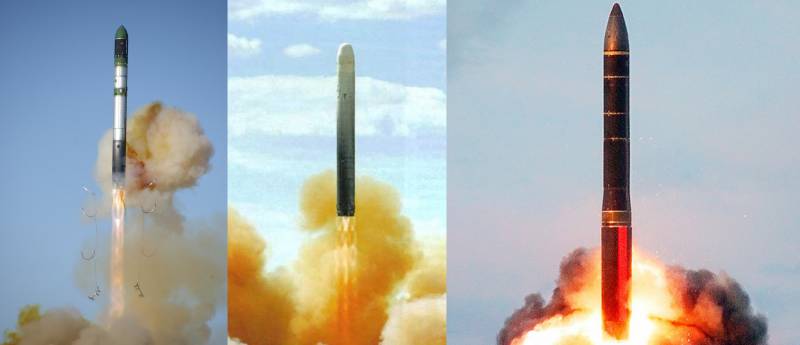
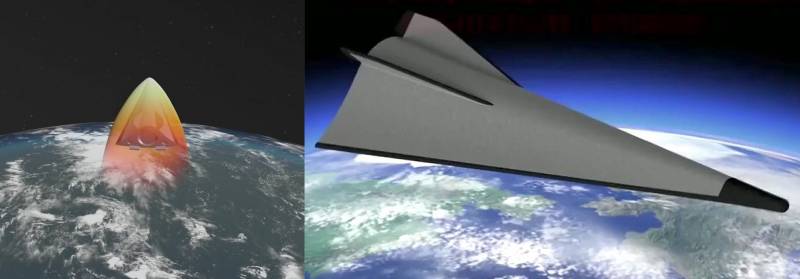
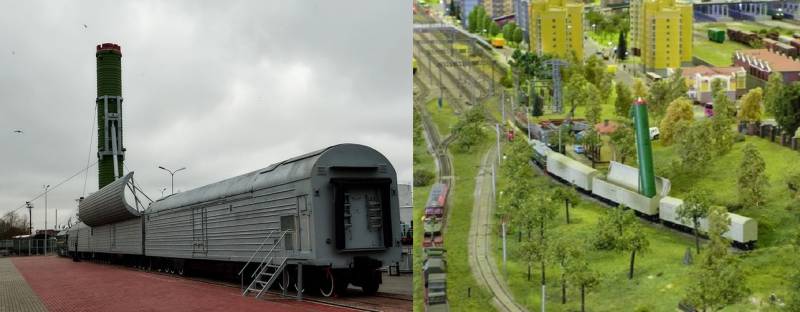

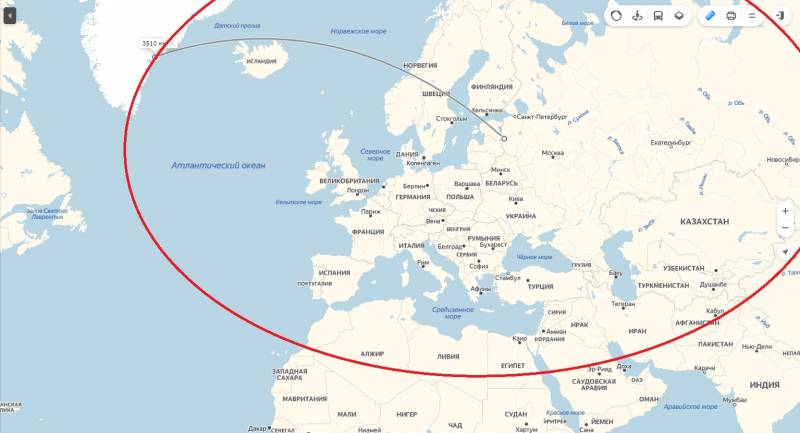
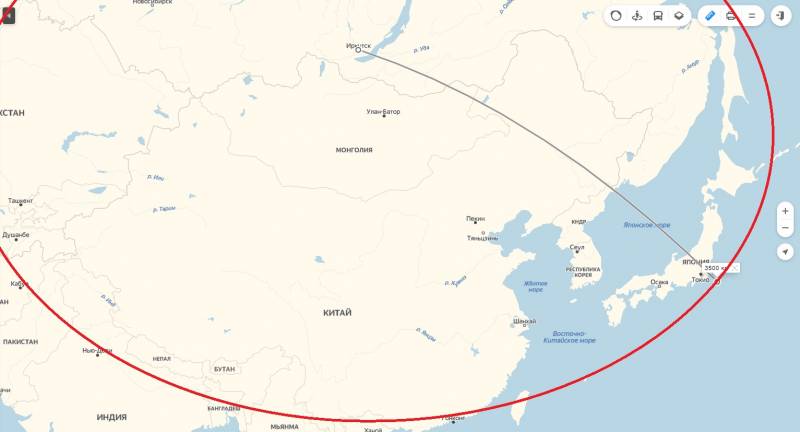
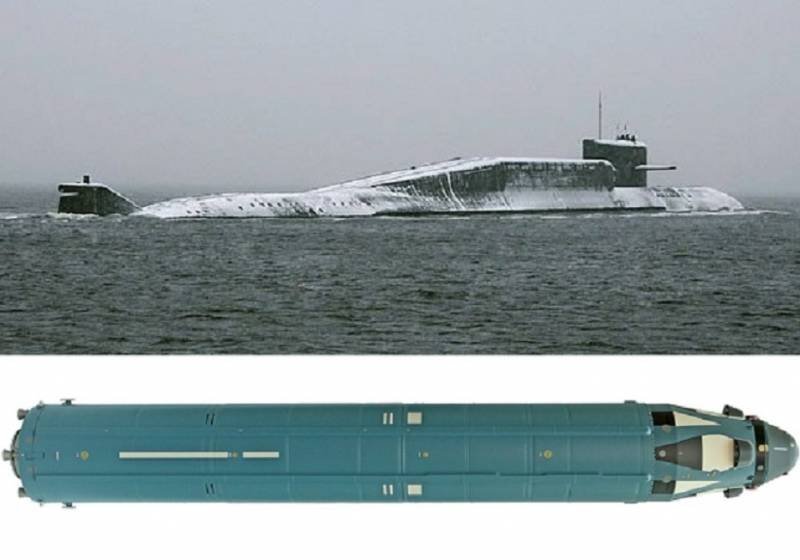
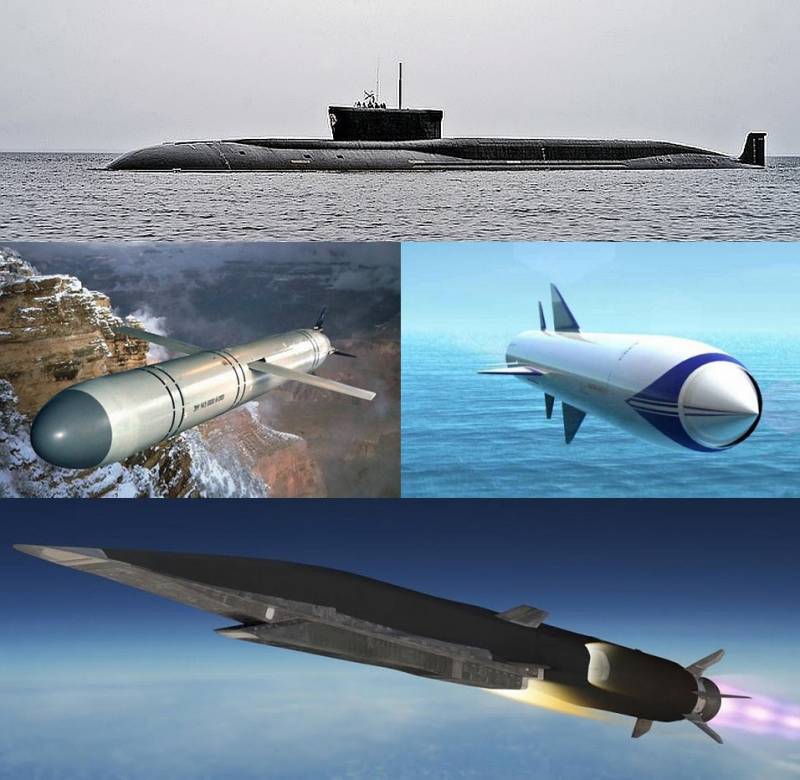
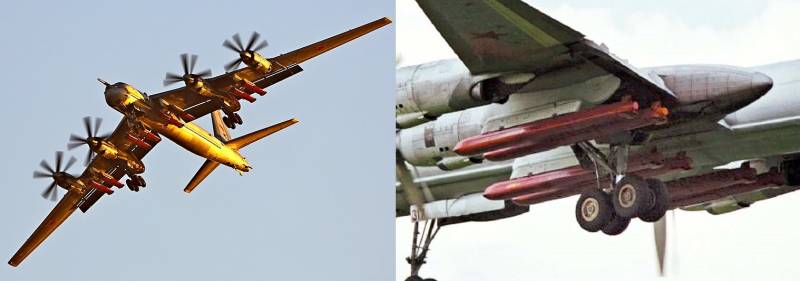
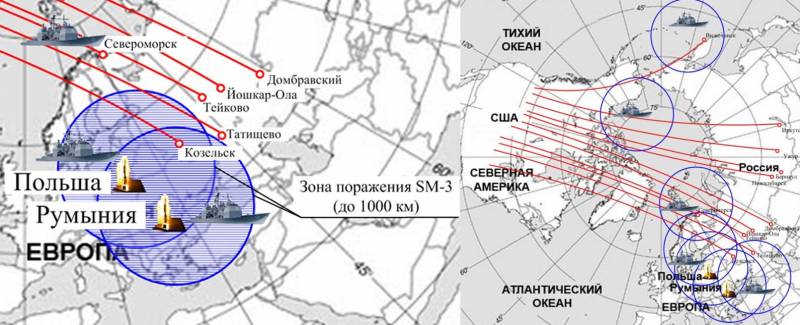
Information